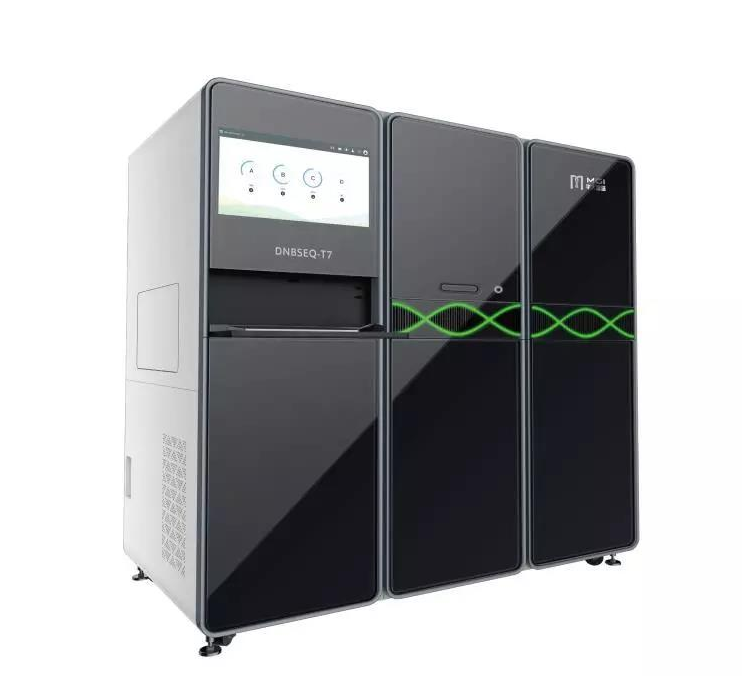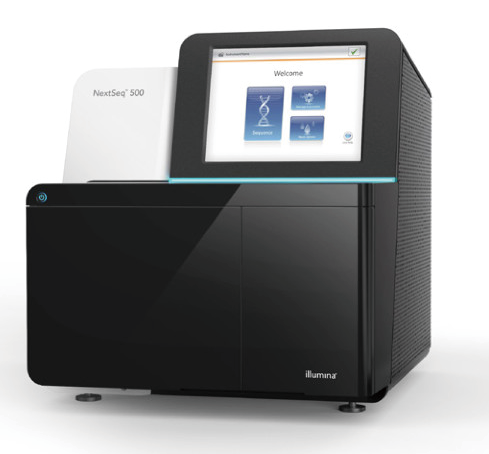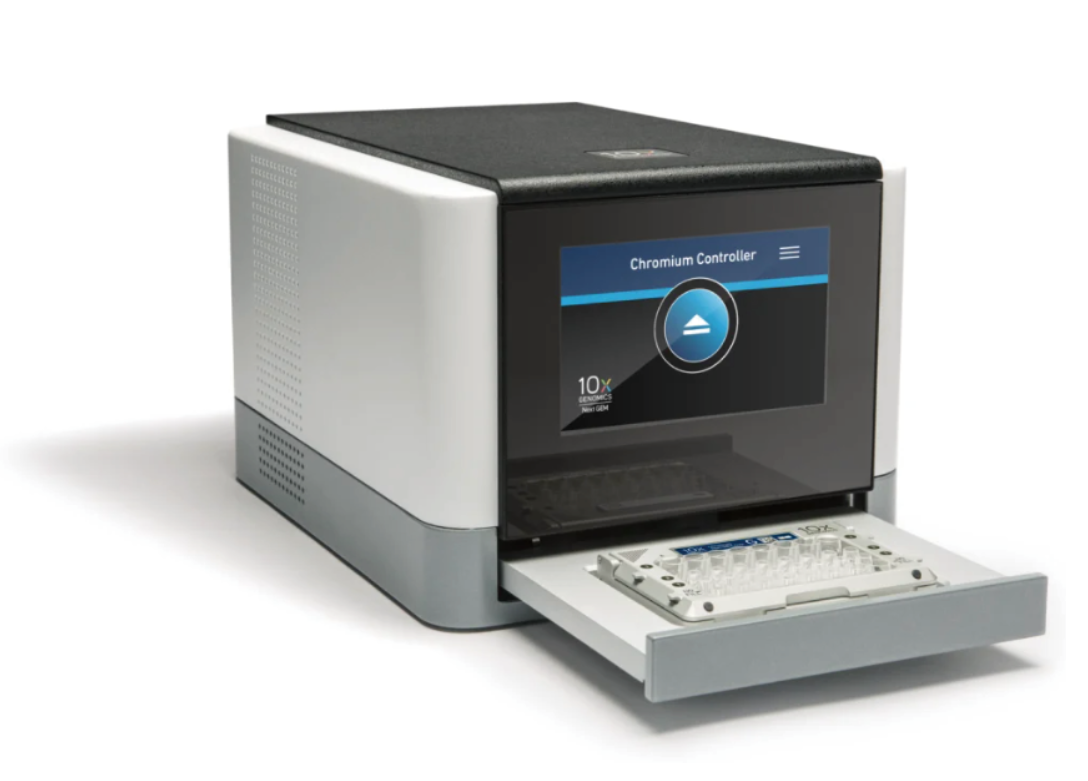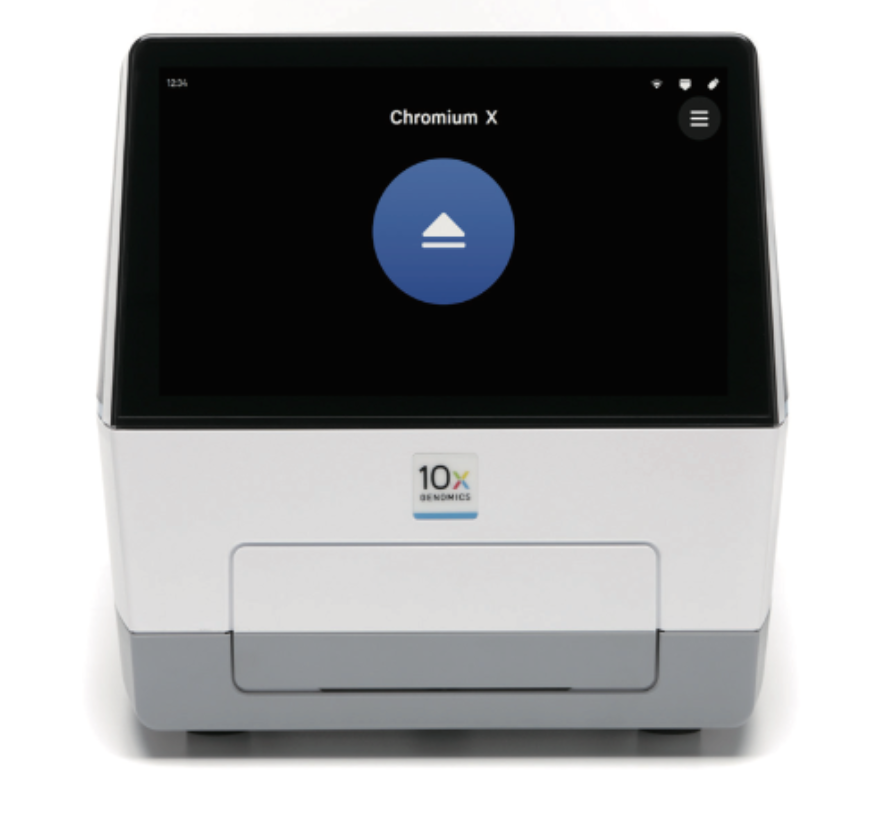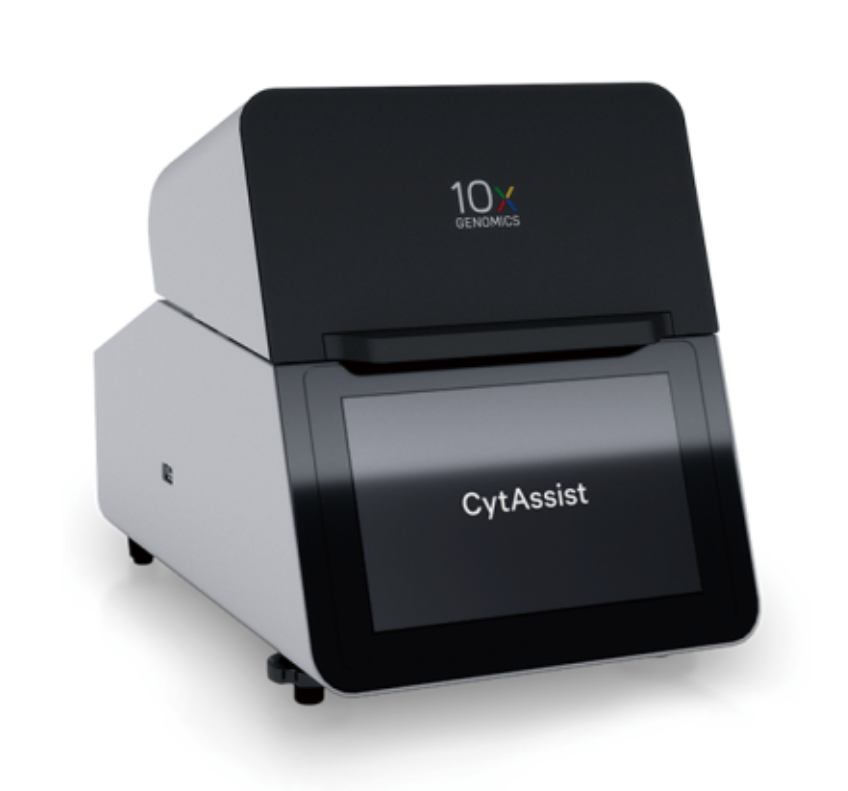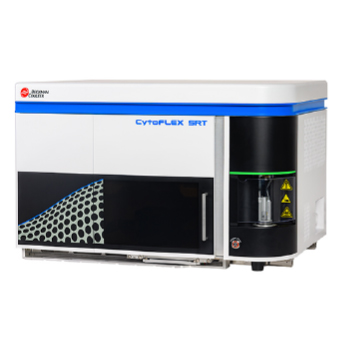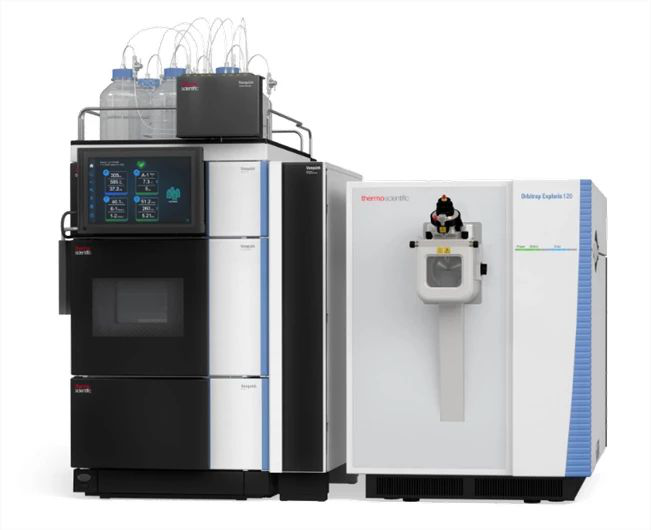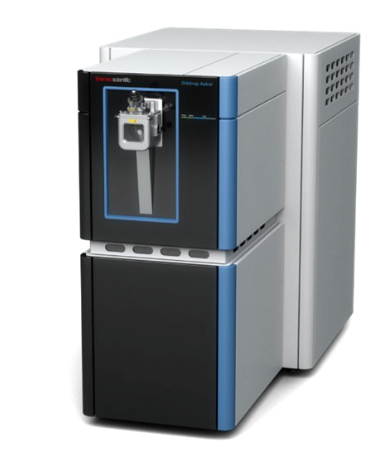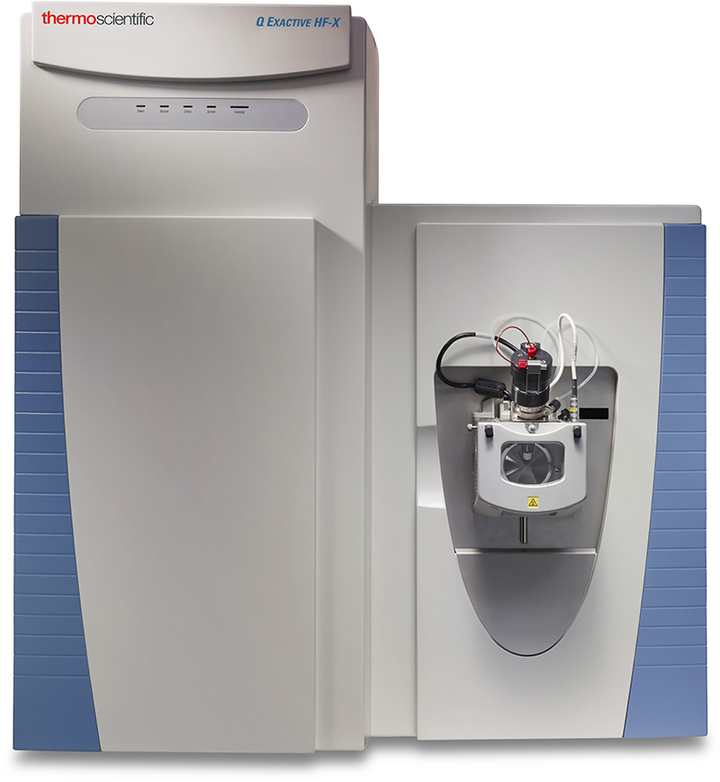Abstract
Background
The
cucumber is one of the most important vegetables worldwide and is used
as a research model for study of phloem transport, sex determination and
temperature-photoperiod physiology. The shoot apex is the most
important plant tissue in which the cell fate and organ meristems have
been determined. In this study, a series of whole-genome small RNA,
degradome and transcriptome analyses were performed on cucumber shoot
apical tissues treated with high vs. low temperature and long vs. short
photoperiod.
Results
A
total of 164 known miRNAs derived from 68 families and 203 novel miRNAs
from 182 families were identified. Their 4611 targets were predicted
using psRobot and TargetFinder, amongst which 349 were validated by
degradome sequencing. Fourteen targets of six miRNAs were differentially
expressed between the treatments. A total of eight known and 16 novel
miRNAs were affected by temperature and photoperiod. Functional
annotations revealed that “Plant hormone signal transduction” pathway
was significantly over-represented in the miRNA targets. The miR156/157/SBP-Boxes and novel-mir153/ethylene-responsive transcription factor/senescence-related protein/aminotransferase/acyl-CoA thioesterase
are the two most credible miRNA/targets combinations modulating the
plant’s responsive processes to the temperature-photoperiod changes.
Moreover, the newly evolved, cucumber-specific novel miRNA
(novel-mir153) was found to target 2087 mRNAs by prediction and has 232
targets proven by degradome analysis, accounting for 45.26–58.88% of the
total miRNA targets in this plant. This is the largest sum of genes
targeted by a single miRNA to the best of our knowledge.
Conclusions
These
results contribute to a better understanding of the miRNAs mediating
plant adaptation to combinations of temperature and photoperiod and
sheds light on the recent evolution of new miRNAs in cucumber.
Text link:
https://www.ncbi.nlm.nih.gov/pmc/articles/PMC6238408/




